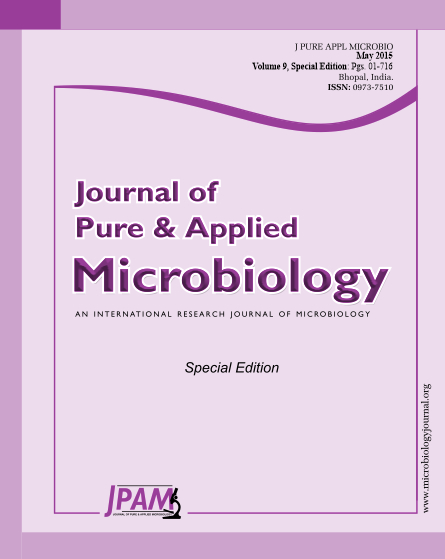The overall objective in this study is to explore the exact lethal dose of dettol as an approach to minimize the total amount of unnecessary application. The addition of copper increased the lethality effect of dettol. Different dettol concentrations (10 to100ppm) were used to study the effect of dettol on the pathogenic yeast Candida albicans growth profile using Malt Extract Agar (MEA) and Malt Yeast Glucose Peptone (MYGP) media. The results showed that the fungal growth was inhibited by 24.6% when dettol was used in concentration 30ppm, but with addition of copper by 0.2 mM the fungal growth inhibition increased to 49.2%. Also the addition of 0.1mM as CuCl2 to growth medium with 50 ppm of dettol resulted in completely elimination the growth of C. albicans compared to dettol alone (92.7% inhibition). From this study it was concluded that the lethal dose of dettol could be reduced to C. albicans by 99% of the common practice dose that is used. The germ tube formation of C. albicans was used to detect the effect of different concentrations of dettol, Cu and dettol with Cu. The results showed that the highest stress was found at treatment with dettol and Cu with highest number of germ tube formation 500±3.94 germ tube in 100 ml culture.
Candida albicans, Dettol, Chloroxylenol, Copper
© The Author(s) 2015. Open Access. This article is distributed under the terms of the Creative Commons Attribution 4.0 International License which permits unrestricted use, sharing, distribution, and reproduction in any medium, provided you give appropriate credit to the original author(s) and the source, provide a link to the Creative Commons license, and indicate if changes were made.


